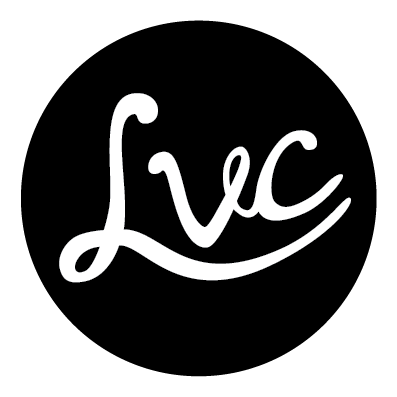Efrat & Jess’ guide to great website copy
Your product is ready to launch and you're super excited to show the world what you’ve got. You’ve got a website with beautiful branding and imagery – now what else should you put on it?
If you’re new to creating words for your website, the process can be daunting. Where do you start? What should you write about? How will your content affect your ranking in search engines? How do you cut through the noise and stand out from the competition?
In truth, there’s no magic formula: creating compelling content really comes down to nailing your brand and knowing your audience. That said, we’re sharing some handy tips for creating awesome website content that wows humans and search engines alike.
Keep it simple
Just like a customer visiting a physical shop, a website user’s experience is guided by how quickly and easily they can find what they’re looking for. So first and foremost, you want to make sure all the relevant information about your business is clearly laid out in an intuitive structure. This might include:
A homepage outlining your mission statement, value proposition and a short, snappy summary about what makes your business does
An ‘about’ page that tells your unique business story
A landing page that showcases your product features and compels users to take action
Case studies, testimonials or reviews that serve as proof points for your product
A blog with news, updates or articles that are helpful and relevant to your target audience
Provide genuine value
Great content makes people say, “Ahh, that’s exactly what I wanted to know!” Whether the result is someone making a purchase or seeing a brand as a trusted source of knowledge, it all starts with providing value.
Ask yourself:
What problems or questions do my customers have?
What information or resources would benefit my customers?
What topics are trending in my industry at the moment?
From there, start to think about what content types and topics will add value to your audience. Not only is this important for establishing your brand as an authority in your niche, but it’s great for SEO as well. Google’s algorithm loves clear, informative content.
Don’t put the cart before the horse
When your product is your baby, it’s easy to assume others will instantly agree it’s the bee’s knees. But like any form of marketing, your content should first serve to build trust and establish a rapport before moving on to more targeted sales messaging. So your content funnel could look something like:
Build brand awareness: Create blogs, news articles, videos or other content that is relevant to your industry and audience, but isn’t primarily intended to sell your product.
Encourage consideration: Educate your audience through product pages, case studies and other pieces of content that explain how your product works, its features and its unique benefits.
Drive conversion: Create targeted landing pages and other content specifically designed to capture leads or drive people to take action.
Having a good mix is crucial to making sure your content is relevant to people at every stage of their ‘journey’ with your brand. Splitting content into buckets like this is also helpful when it comes to creating Google Ads targeted at different audiences.
Speak your audience’s language
Your content should be reflective of your brand’s values and ‘personality’ – and it should also speak directly to your audience. What sorts of words and phrases would your customers use to describe your product or business? Does it make sense to use a casual tone, or keep it more formal?
The more closely you can emulate your audience’s language, the better you’ll be at creating content that’s natural and familiar. The bonus? Your content will also be optimised for relevant search queries, boosting your visibility in search engines. Win-win.
Ready to unlock a new level of content greatness? Come say hello to our team of Little Villagers.

